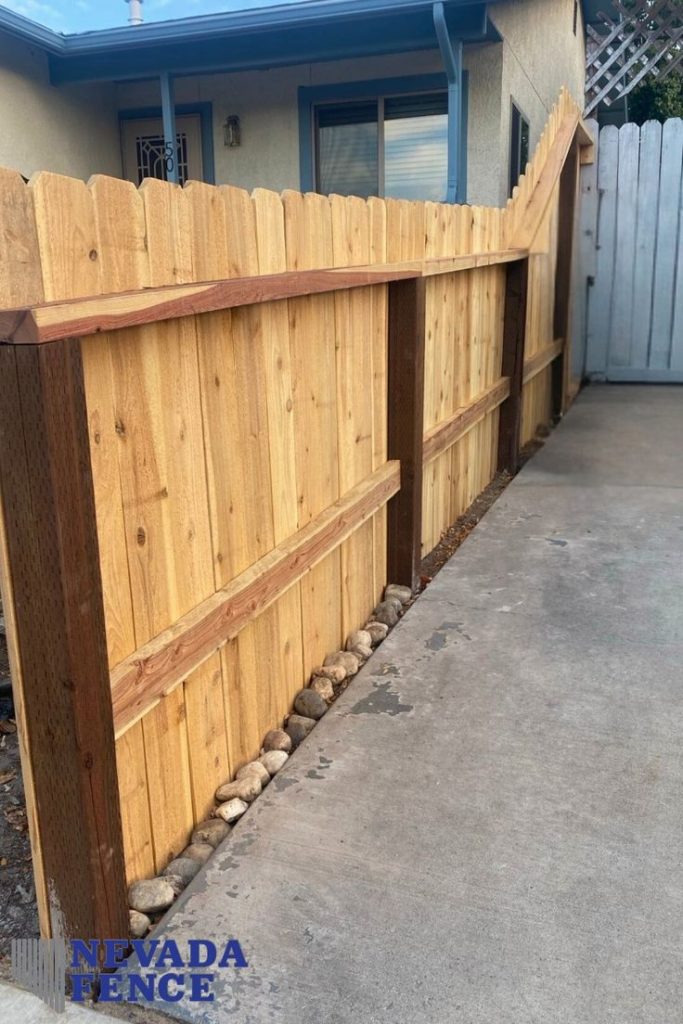Designing an efficient and effective fence layout is crucial for any property, especially when the goal is to achieve maximum coverage with optimal use of materials. While the strength and durability of Y post are well-established, their strategic placement within a fence layout directly impacts the system’s overall performance, cost-effectiveness, and ability to serve its intended purpose. A well-planned layout minimizes waste, enhances structural integrity, and ensures comprehensive coverage of the desired area.
1. Understanding Your Property and Purpose
Before laying out a single post, a thorough understanding of your property and the fence’s primary purpose is essential.
- Property Boundaries and Topography: Walk your property. Identify existing boundaries, natural features (creeks, rock outcrops, dense woods), and changes in elevation. These will influence your fence line and post placement.
- Fence Purpose: Is it for livestock containment, wildlife exclusion, security, or simple demarcation? The purpose dictates the required strength, height, and density of the fence, which in turn affects post spacing and layout.
- Access Points: Plan for gates. Gate locations should be practical for vehicle and pedestrian access, considering existing roads, driveways, and future needs. Gate posts will require extra reinforcement.
- Water Sources and Shade: If fencing for livestock, ensure that each paddock or enclosure has access to water and adequate shade, especially in warmer climates.
2. Strategic Placement of Corner and End Posts
Corner and end posts are the backbone of any tensioned fence. Their strategic placement is paramount for maximum coverage and stability.
- True Corners: Place posts at all true corners of your property or the area you intend to fence. These posts will bear immense tension from two directions.
- Changes in Direction: Even if not a 90-degree corner, any significant change in the fence line’s direction (e.g., 15-20 degrees or more) should be treated as a corner that requires a braced post. This prevents the fence from pulling inward at the bend.
- Long Straight Runs: For very long straight runs, consider installing intermediate braced “pull posts” every 600-1000 feet (180-300 meters). These posts help to break up the tension, allowing for better wire tautness and reducing stress on the end posts, thus contributing to more stable coverage over vast areas.
- Gate Locations: As mentioned, gate posts are essentially end posts and must be braced robustly to handle the tension of the fence and the weight/movement of the gate.
3. Optimizing Line Post Spacing for Coverage and Strength
Line posts provide the intermediate support for the wire between the main anchor posts. Their spacing directly impacts both coverage efficiency and fence strength.
- Balance Strength and Cost: While closer spacing increases fence strength, it also increases material costs. The goal is to find the optimal balance.
- Wire Type: The type of wire dictates how far apart posts can be spaced while maintaining tautness.
- High-Tensile Wire (Plain/Barbed): Can be spaced wider (15-20 feet or 4.5-6 meters) due to its ability to hold tension.
- Woven Wire Mesh: Requires closer spacing (8-12 feet or 2.4-3.6 meters) to prevent sagging and maintain the mesh’s integrity.
- Electric Wire: Can be spaced very widely (30-50 feet or 9-15 meters) as the shock is the deterrent, not physical barrier.
- Terrain: On uneven or hilly terrain, reduce post spacing to allow the fence to follow the contours of the land more closely, preventing gaps or excessive stress points.
- Animal Pressure: For areas where animals are likely to lean or push heavily against the fence, closer spacing provides more resistance.
4. Incorporating Natural Features
Leveraging existing natural features can enhance coverage and sometimes reduce material costs.
- Natural Barriers: Utilize existing hedgerows, dense tree lines, large rock formations, or steep embankments as part of your fence line. You might only need to run a single strand of wire or a short section of fence to connect to these natural barriers.
- Waterways: If a creek or river forms a property boundary, ensure your fence extends into or across it effectively to prevent animals from bypassing the fence.
5. Planning for Future Expansion or Subdivision
Even if you only need to fence a specific area now, considering future needs can save time and money later.
- Internal Fencing: If you anticipate subdividing pastures for rotational grazing, plan your main perimeter fence layout to easily accommodate future internal fence lines without major modifications.
- Utility Access: Ensure your fence layout doesn’t impede access to utilities, water lines, or future building sites.
By meticulously planning your Y post fence layout, focusing on the strategic placement of anchor posts, optimizing line post spacing based on wire type and terrain, and considering both current and future needs, you can achieve maximum coverage, superior strength, and long-term efficiency for your property.

